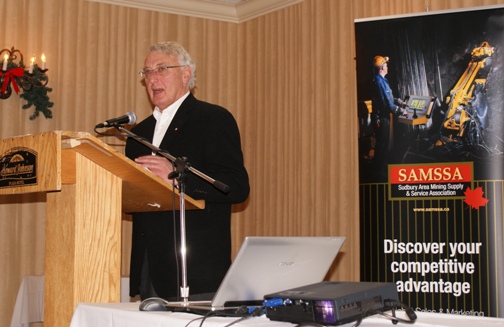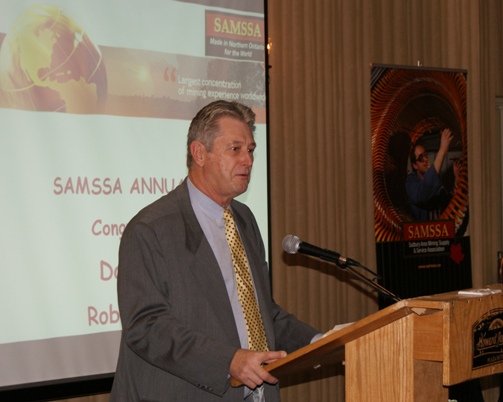 Dr. David Robinson is an economist at Laurentian University in Sudbury, Canada. His column was originally published in Sudbury Mining Solutions Journal a magazine that showcases the mining expertise of North Bay, Timmins and Sudbury.
Dr. David Robinson is an economist at Laurentian University in Sudbury, Canada. His column was originally published in Sudbury Mining Solutions Journal a magazine that showcases the mining expertise of North Bay, Timmins and Sudbury.
For an economist, these are interesting times. The accumulating American triple deficit – on trade, the government budget and household spending – finally caught up with the people who live by lending. We get to see the most vehemently capitalist governments nationalizing banks and supporting the value of vast pools of imaginary assets. We even get to watch executives leaping off tall buildings with their golden parachutes.
For the mining industry and industry suppliers, the times are more than just interesting. Economic growth is utterly dependent on what the mining sector produces, and good times in the mining sector depend on economic growth.
The question on everybody’s mind as this column goes to press is whether the lunatics in the financial sector have actually pushed the world economy off the tracks. They have done it before.
The most common view out in the infosphere is that a world recession is almost inevitable. The majority of guesses say it could last six months to two years. There are a few who think the world will end, and a few who think that unprecedented co-operation among governments will have unprecedented results.
No one really believes that the long run story has changed. The BRIC nations – Brazil, Russia, India and China – still have the population, the potential and the momentum they had when Goldman Sachs identified them in 2001. They have been driving world growth, with help from the American consumer. Those BRIC consumers are just getting going.
Rio Tinto chief executive Tom Albanese reminded shareholders in October that China’s economy is driven far more by industrialization and urbanization than by exports to the USA. The company expects demand in China to strengthen across a range of Rio Tinto products.


























